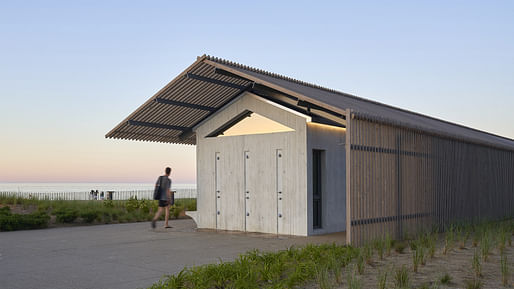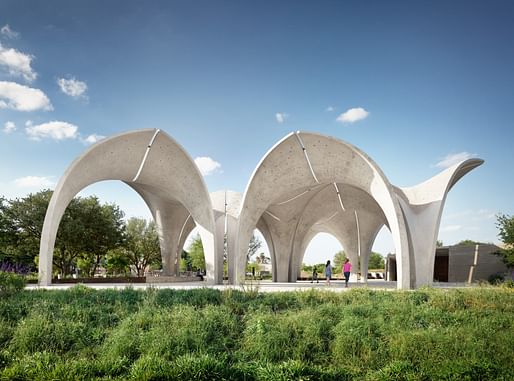

All-electric building projects have increased by more than 130% since 2020, according to new data from the American Institute of Architects. The figure is one of several findings from the latest AIA By The Numbers report which provides a detailed analysis of the energy performance of architecture and design firm signatories to the AIA 2030 Commitment.
428 companies reported data as part of the survey, with 23,276 projects reported from 107 countries. In addition, 168 new firms signed the 2030 Commitment in 2022, bringing the total number of signatories to over 1,200. By contrast, the community held 170 signatories and 56 reporting firms in 2010.

In the latest outline, firms reported 707 all-electric buildings last year, totaling 80.1 million ground square feet, representing a 134% increase on projects registered in 2020. 346 net-zero energy projects were reported, representing a 345% increase since 2018. However, energy modeling has seen a steady decrease over the past three years, down almost 15% from 2020, which the AIA notes as “signaling the need for architects to continue to advocate to their clients about the importance of energy modeling for high-performing design.”
1,718 reported projects included renewable energy, an increase of 122% from 2020. Of these, 93% used on-site renewable energy, with 90% used on-site solar photovoltaics. “Although the cost of renewable energy continues to decline, there still is hesitation to include renewable technologies in projects,” the report notes. “This can often be on the clients’ side — in these cases, it’s important to adapt your building to be ‘renewable ready.’”

The report also includes figures on embodied carbon, which was introduced into the reporting mechanism in 2020. That year, 55 firms reported embodied carbon figures in 293 projects, which has now grown to 123 firms reporting 3,800 projects. Of these projects, approximately 18% are major renovations of existing buildings, while more widely, 16.6% of the gross square footage in the stock of reported buildings is composed of major renovations.
“Still, we have a long way to go to both increase the number of projects that are addressing embodied carbon as well as improving the accuracy of total embodied carbon numbers,” the report notes.

“We are pleased to share the latest data illustrating the industry's collective efforts towards creating a more sustainable future,” said AIA President Emily Grandstaff-Rice about the latest findings. “This year's report demonstrates the significant progress we've made and the challenges we still face in achieving the 2030 Commitment goals. We are eager to bring more firms onboard to the commitment and report on their progress.”
News of the report comes weeks after the latest AIA Architecture Billings Index dropped slightly, driven by declines in multifamily and institutional contracts. Meanwhile, a separate AIA report has found that quality-of-life benefits are increasing in architecture firms, though compensation lags behind inflation.
No Comments
Block this user
Are you sure you want to block this user and hide all related comments throughout the site?
Archinect
This is your first comment on Archinect. Your comment will be visible once approved.